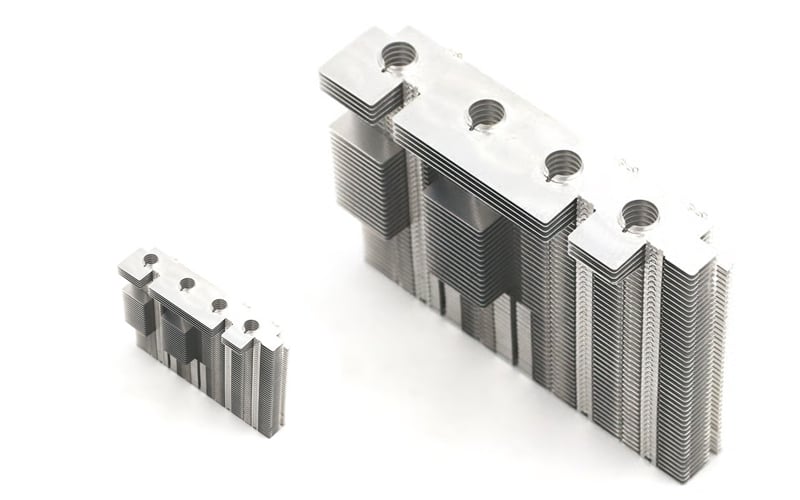When it comes to maximizing the performance of electronic devices, the heat sink surface treatment plays a crucial role. This treatment is essential in enhancing the heat dissipation capabilities of the heat sink, thus preventing overheating issues that can potentially damage the device.
Types of Heat Sink Surface Treatments
There are several different types of heat sink surface treatments available in the market. Some common treatments include anodizing, chemical conversion coating, chemical film coating, and powder coating. Each type of treatment offers unique benefits in terms of heat dissipation and durability.
Benefits of Anodizing Heat Sink Surfaces
Anodizing is a popular heat sink surface treatment method that involves creating a protective oxide layer on the surface of the heat sink. This process not only improves the heat dissipation capabilities of the heat sink but also provides excellent corrosion resistance and durability.
Enhancing Thermal Conductivity with Chemical Conversion Coating
Chemical conversion coating is another effective method for treating heat sink surfaces. This treatment helps enhance the thermal conductivity of the heat sink, allowing for more efficient heat dissipation. Additionally, chemical conversion coating provides excellent adhesion properties, ensuring long-lasting performance.
Improving Aesthetics and Durability with Powder Coating
Powder coating is a heat sink surface treatment that offers not only improved aesthetics but also enhanced durability. This treatment creates a smooth and even finish on the heat sink, providing protection against scratches, corrosion, and other damages. Powder coating is available in a wide range of colors, allowing for customization options.
Ensuring Longevity with Chemical Film Coating
Chemical film coating is a heat sink surface treatment method that provides an added layer of protection against environmental factors. This treatment helps prevent oxidation and corrosion, thus ensuring the longevity of the heat sink. Chemical film coating is also known for its excellent adhesive properties, making it an ideal choice for high-performance applications.
Factors to Consider Before Choosing a Heat Sink Surface Treatment
Before deciding on a heat sink surface treatment, it is essential to consider various factors such as the operating environment, desired performance characteristics, and budget constraints. Different treatments offer unique benefits, so choosing the right one will depend on the specific requirements of the application.
Importance of Proper Maintenance for Heat Sink Surfaces
To ensure optimal performance and longevity of heat sink surfaces, proper maintenance is crucial. Regular cleaning and inspection can help prevent dust and debris buildup, which can hinder heat dissipation. Additionally, following the manufacturer's guidelines for maintenance can help prolong the life of the heat sink.
Common Issues with Heat Sink Surface Treatments
While heat sink surface treatments offer numerous benefits, there are some common issues that users may encounter. These issues include thermal interface material compatibility, surface roughness variations, and adhesion problems. Addressing these issues promptly can help maintain the effectiveness of the treatment.
Future Trends in Heat Sink Surface Treatments
As technology continues to advance, the field of heat sink surface treatments is also evolving. Innovative treatments such as graphene coating, nanocomposite materials, and advanced thermal sprays are being developed to further enhance heat dissipation capabilities. These future trends hold great promise for improving the performance of electronic devices.
Quote Inquiry
contact us

